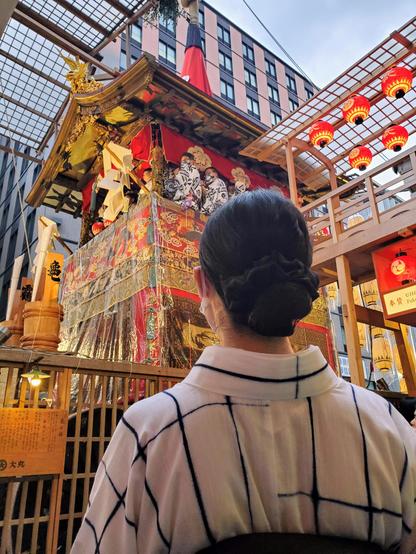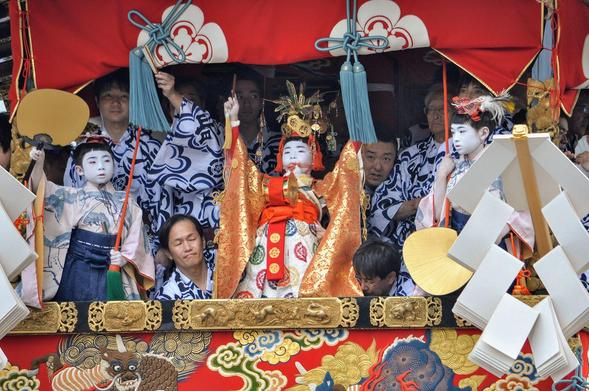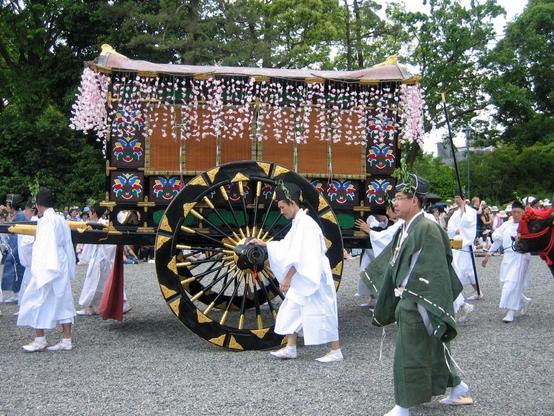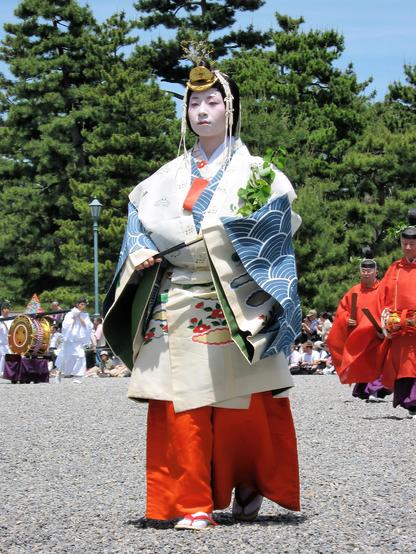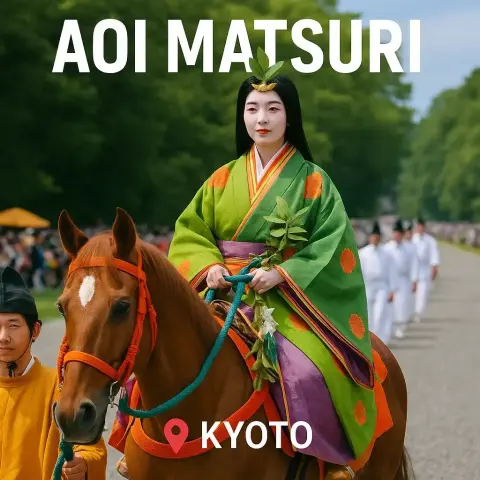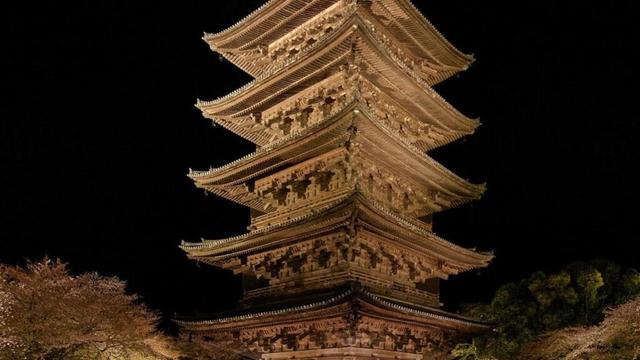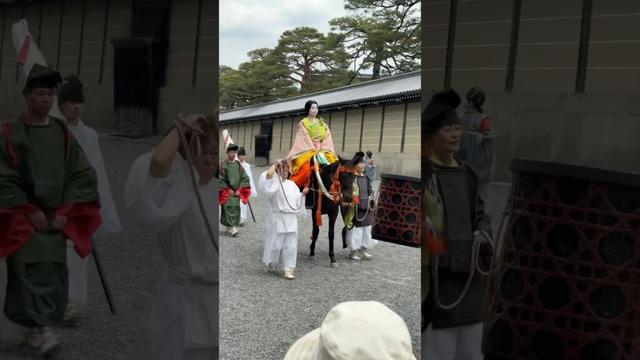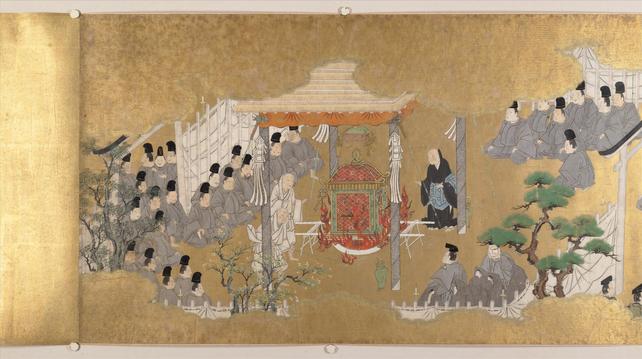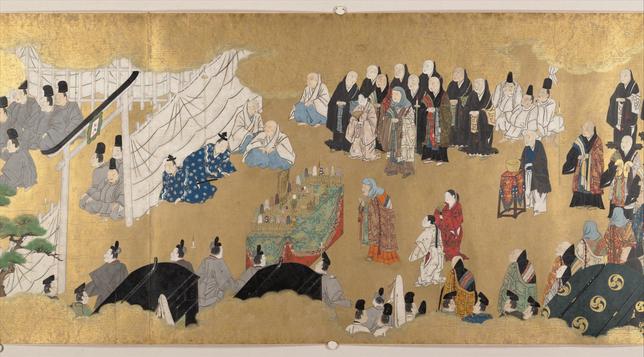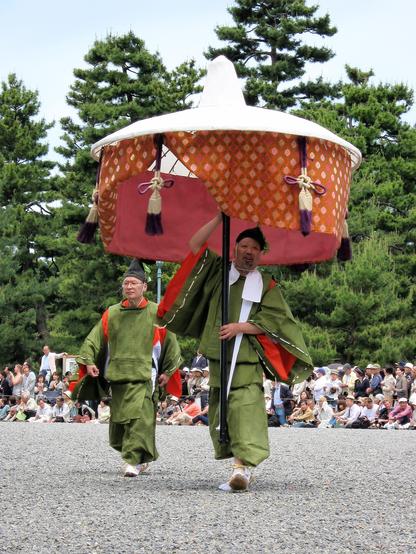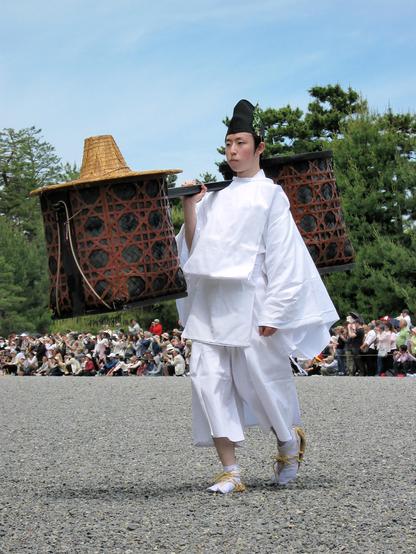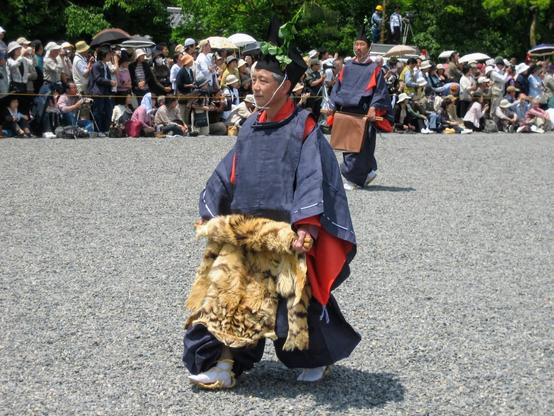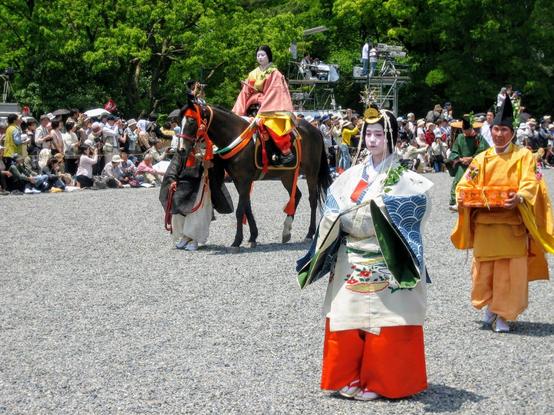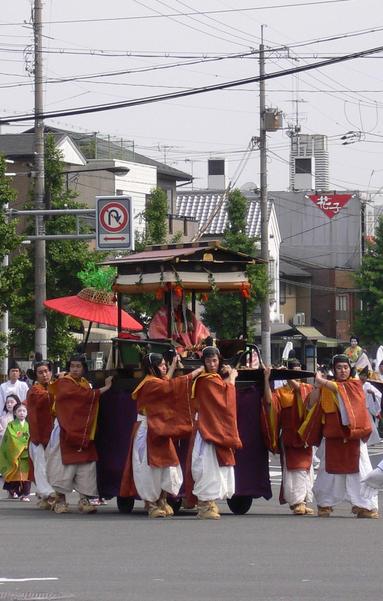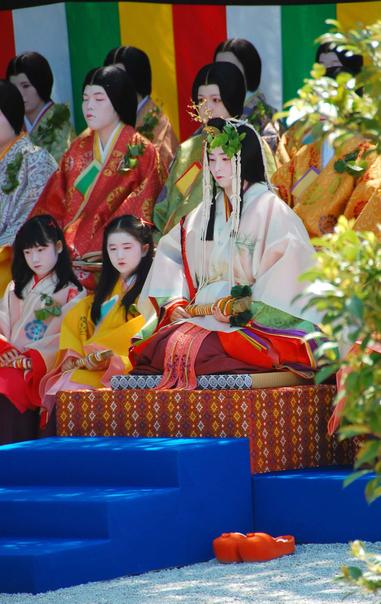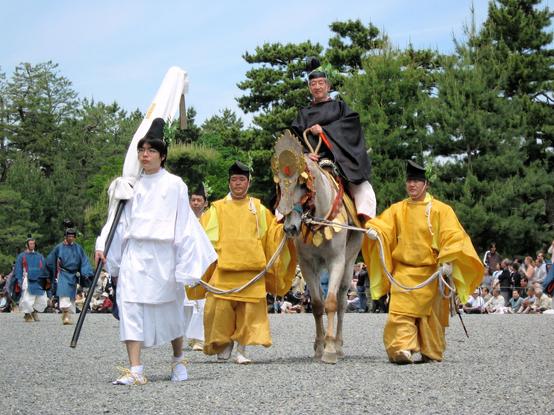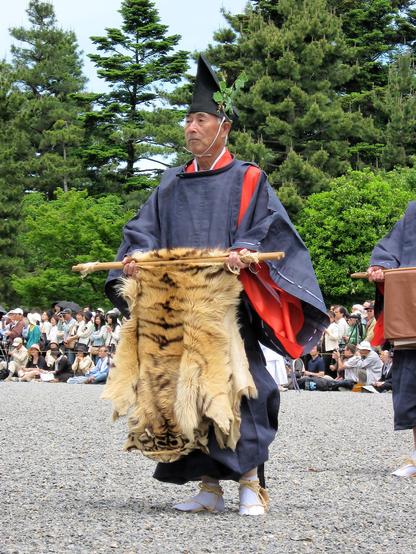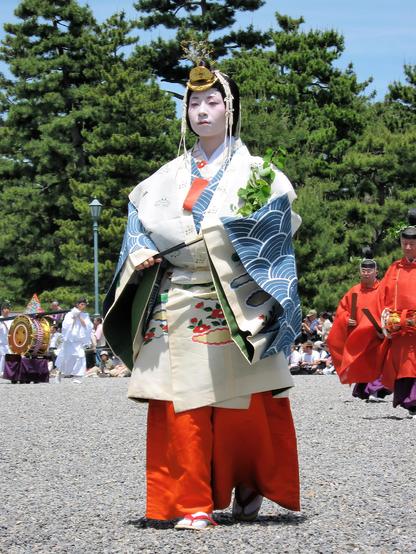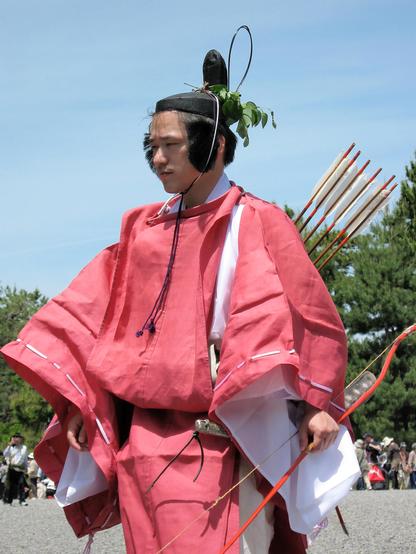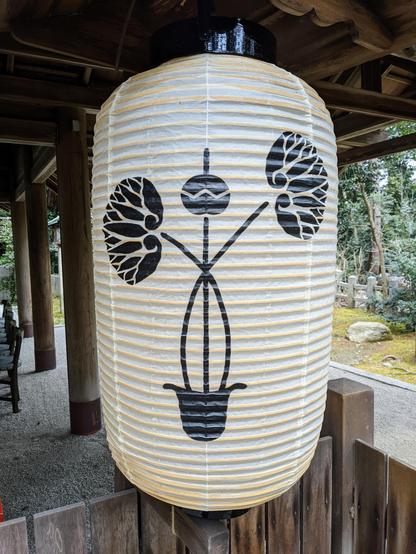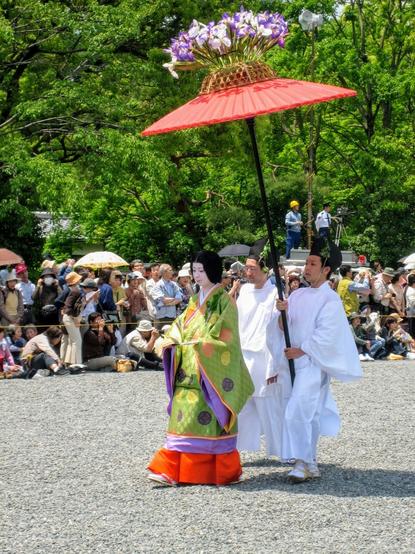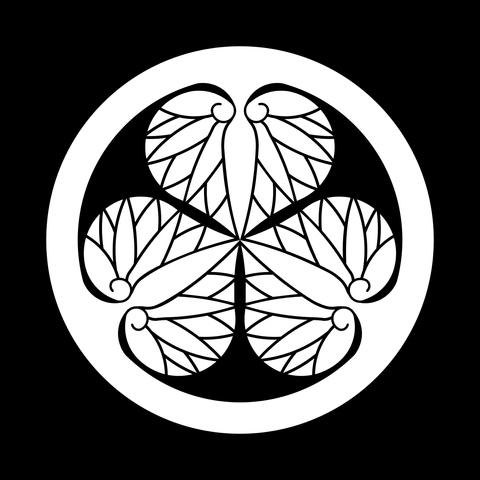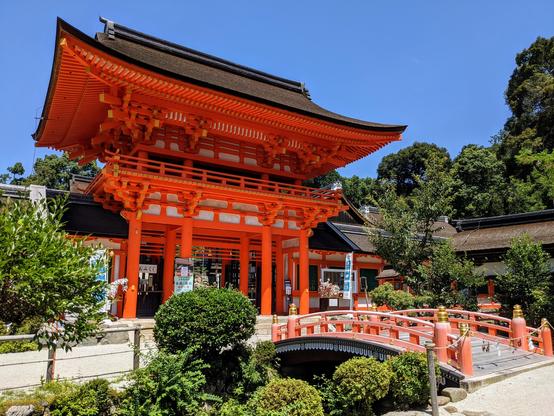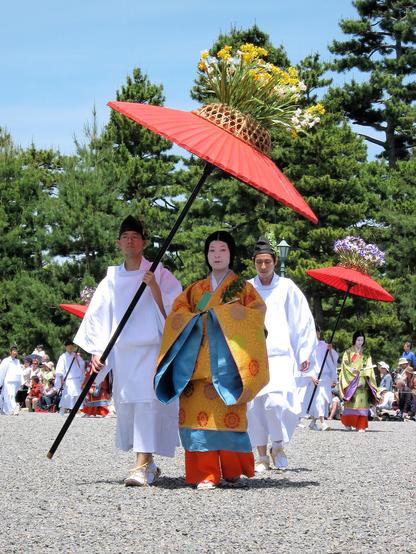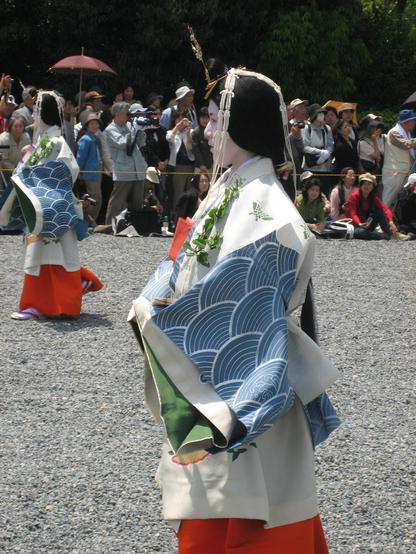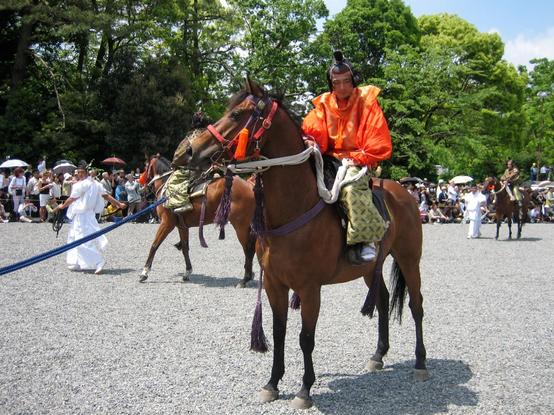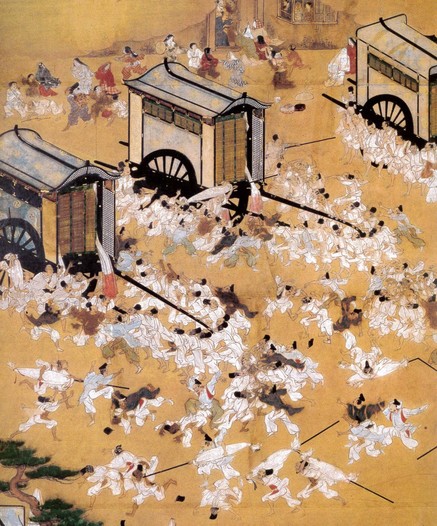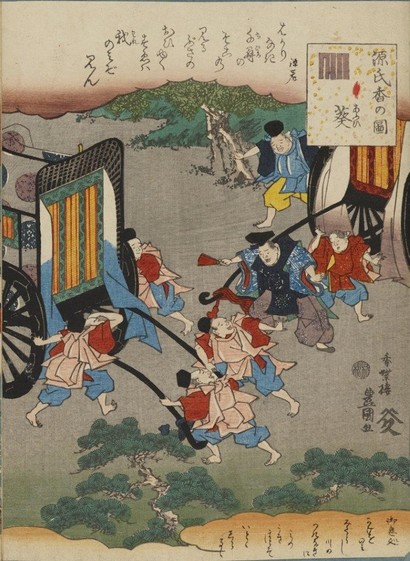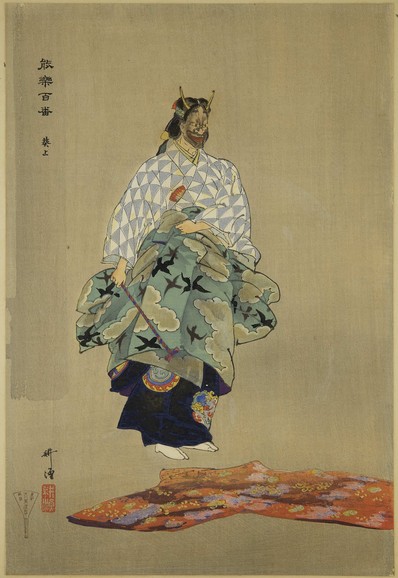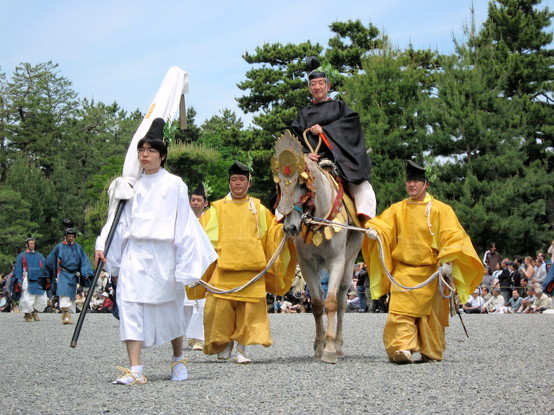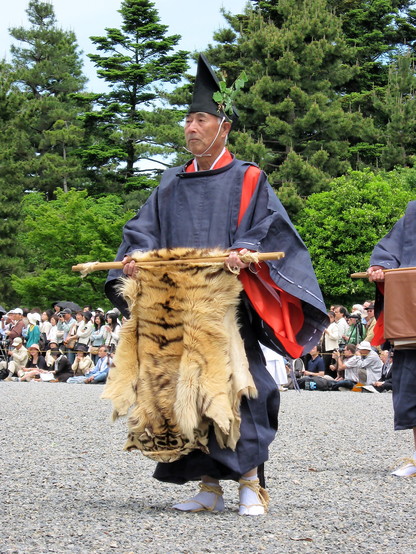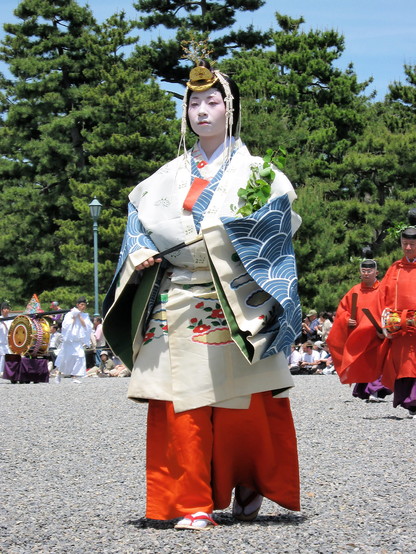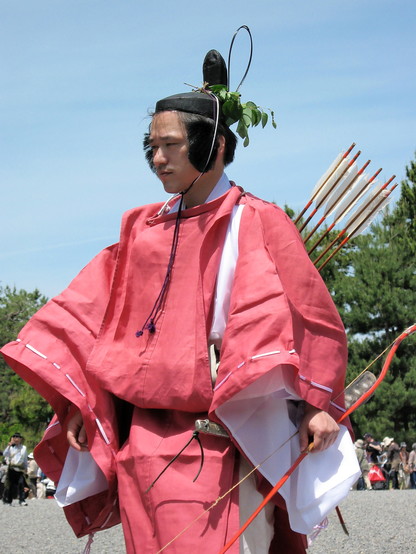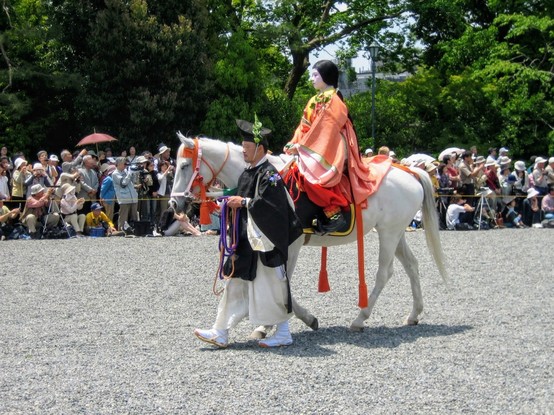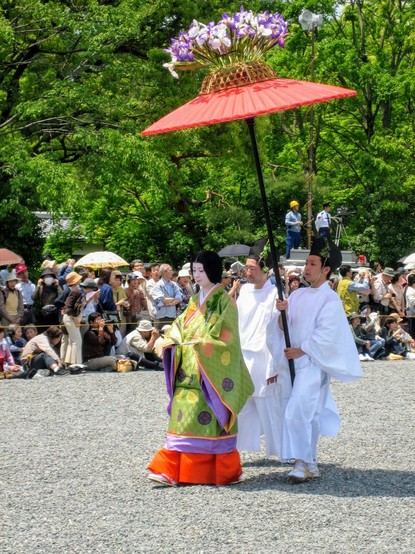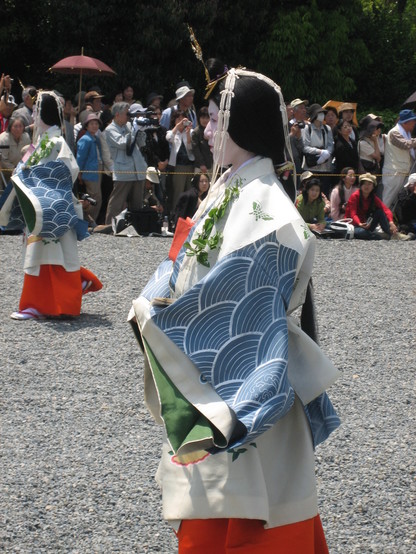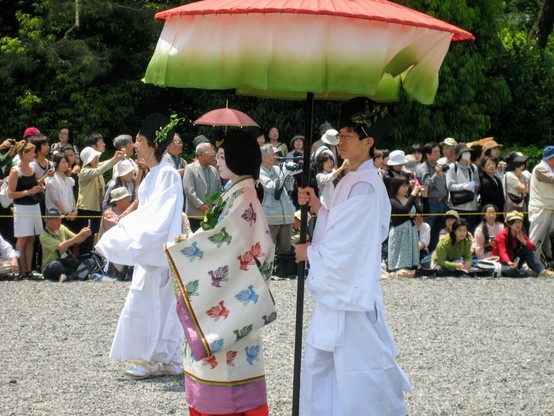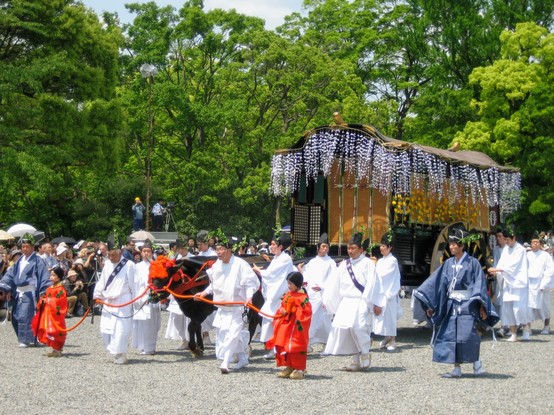The Jidai Matsuri (時代祭 'Festival of the Ages') is 1 of Kyōto's '3 Great Festivals', along with the Aoi Matsuri (葵祭) in May and the Gion Matsuri (祇園祭) in July.
#AoiMatsuri
🎎🌸Experience the beauty and tradition of Aoi Matsuri in Kyoto! Witness a grand procession of over 500 people dressed in ancient costumes, accompanied by music and horseback riders. Don't miss this unforgettable cultural event! #AoiMatsuri #Kyoto #Japan #Tradition #Culture #Travel https://www.japantripideas.com/en/kansai/kyoto/kyoto/events/aoi-matsuri
https://www.alojapan.com/1289401/everyones-traveling-to-kyoto-right-now-heres-why/ Everyone’s Traveling to Kyoto Right Now—Here’s Why #AoiMatsuri #GionMatsuri #Higashiyama #Kyoto #KyotoNews #news #京都 #京都府 “Hearst Magazines and Yahoo may earn commission or revenue on some items through these links.” Each spring in Kyoto, more than 500 people in traditional dress process through the streets for Aoi Matsuri, a festival with roots dating back to the 6th century. Some 1,500 years since it began, Aoi Matsuri remains one of Kyoto’…
Aoi Matsuri 2025 #葵祭 #aoimatsuri https://www.ciaonihon.com/532832/
Aoi Matsuri 2025 #葵祭 #aoimatsuri https://www.ciaonihon.com/530039/
A little later Genji's wife, Lady Aoi (葵の上), has her servants maliciously shove Rokujō's carriage aside.
Utterly humiliated and filled with hatred, Rokujō's living spirit will later possess and kill Aoi!
The parade begins at 10:30am from the southern part of the Kyōto Gosho (imperial palace park). In total the 700m-long stream of participants will walk 8km.
It's estimated that this one event costs around 35,000,000 yen (about 320,000 dollars, 245,000 pounds and 284,000 euros).
The other notable figure in the procession is the Saiō-dai (斎王代).
Once an unmarried imperial princess (that acted as priestess for the Kamo shrines), the Saiō-dai is now chosen from a respected local family. She participates in a handful of festival rituals.
The Aoi Matsuri (葵祭) is named after the wild ginger leaves used as decoration (on clothes, headdresses and carriages) throughout the festival.
The tradition of displaying the leaves began with Kamo-no-Taketsunumi (賀茂建角身命), one of the gods enshrined at Shimogamo-jinja.
Following the Ōnin War (応仁・文明の乱 1467-77) the festival was suspended for over a century and a half.
The Tokugawa shōgunate helped revive the Aoi Matsuri, and it's believed that at this time the Tokugawa first adopted an aoi (wild ginger) leaf motif as their crest (三つ葉葵).
In response the emperor had special rites performed at the Kamo shrines (賀茂神社 - the current Kamigamo-jinja and Shimogamo-jinja) and miraculously the crisis abated.
Over time the rituals grew into a larger, two-week celebration, including horse races and a sumptuous parade🏇
⛈️🙏🐎THE AOI FESTIVAL🐎🎎🌿
The Aoi Matsuri (葵祭) is one of the oldest festivals in the world.
It dates to the the reign of Emperor Kinmei (欽明天皇 509-71), when a series of crop-destroying storms were attributed to the Kamo deities (賀茂の神), angry at the lack of respect shown to them by the people.
Am 14. April wurde die diesjährige Besetzung für die Oberpriesterinnen-Rolle des Aoi-Festivals angekündigt: eine 25-jährige Musikstudentin aus Kyoto wurde ausgewählt. #Japan #AoiMatsuri
Chapter 9 of 'The Tale of Genji' (源氏物語), 'Aoi' (葵), features the Aoi Matsuri (葵祭).
As Hikaru Genji (光源氏) is participating in the festival Lady Rokujō (御息所), his mistress, arrives early in her carriage to save a good spot.
A little later Genji's wife, Lady Aoi (葵の上), has her servants maliciously shove Rokujō's carriage aside.
Utterly humiliated and filled with hatred, Rokujō's living spirit will later possess and kill Aoi!
Interestingly it was only after the Tokugawa’s assistance in reviving the festival that it became known as the Aoi Matsuri (葵祭).
Until this time is was known as the 'Kamo Matsuri' (賀茂祭), or simply as 'The Festival' (祭).
Kyōto has "3 Great Festivals": the Aoi Matsuri, Gion Matsuri and Jidai Matsuri.
In the past the Aoi Matsuri was known as the 'Festival in the North' to differentiate it from Iwashimizu Hachimangū's 'Festival in the South'.
Following the Ōnin War (応仁・文明の乱 1467-77) the festival was suspended for over a century and a half.
The Tokugawa shōgunate helped revive the Aoi Matsuri, and it's believed that at this time the Tokugawa first adopted an aoi (wild ginger) leaf motif as their crest (三つ葉葵).
⛈️🙏🐎THE AOI FESTIVAL🐎🎎🌿
The Aoi Matsuri (葵祭) is one of the oldest festivals in the world.
It dates to the the reign of Emperor Kinmei (欽明天皇 509-71), when a series of crop-destroying storms were attributed to the Kamo deities (賀茂の神), angry at the lack of respect shown to them by the people.
